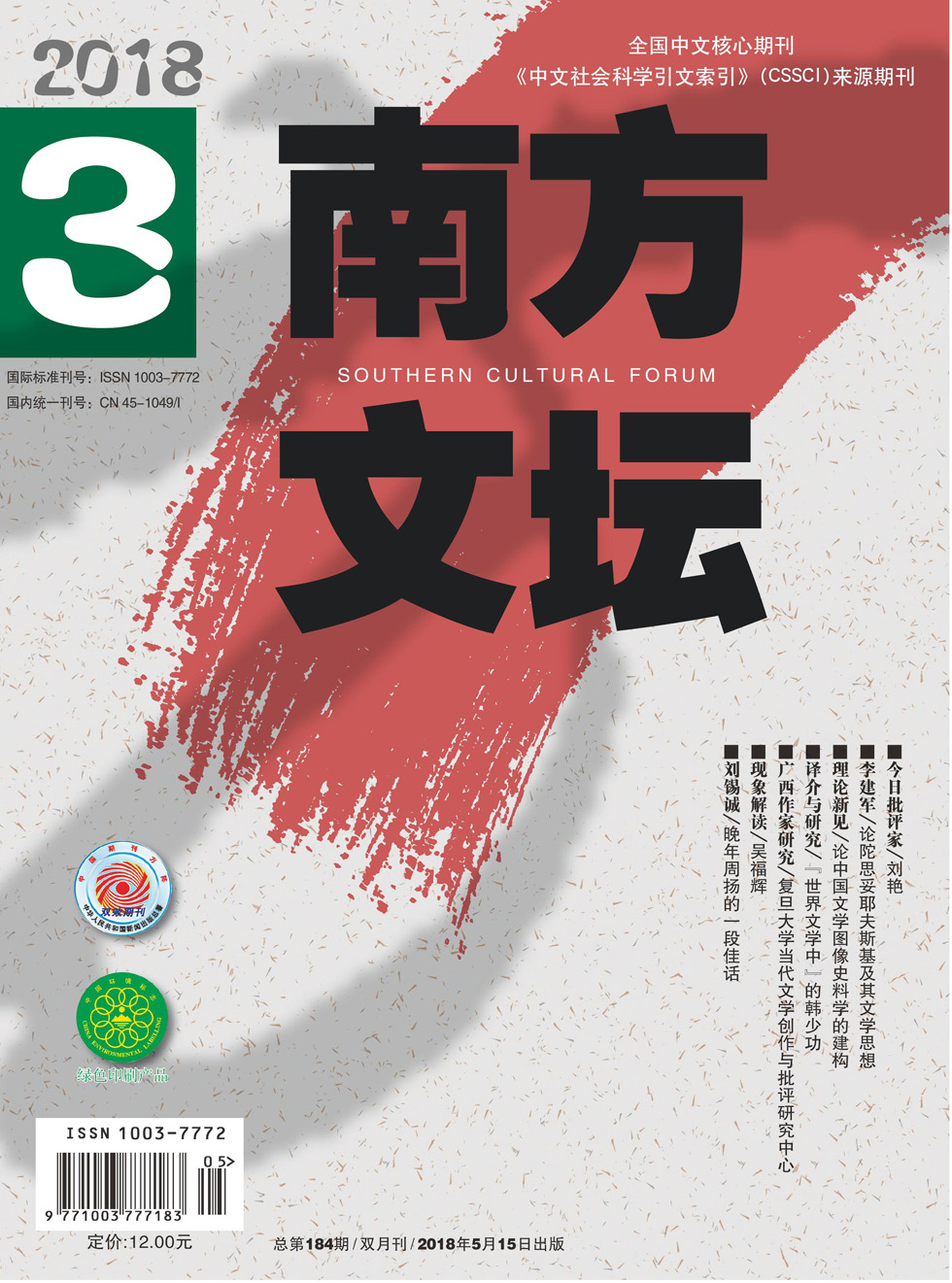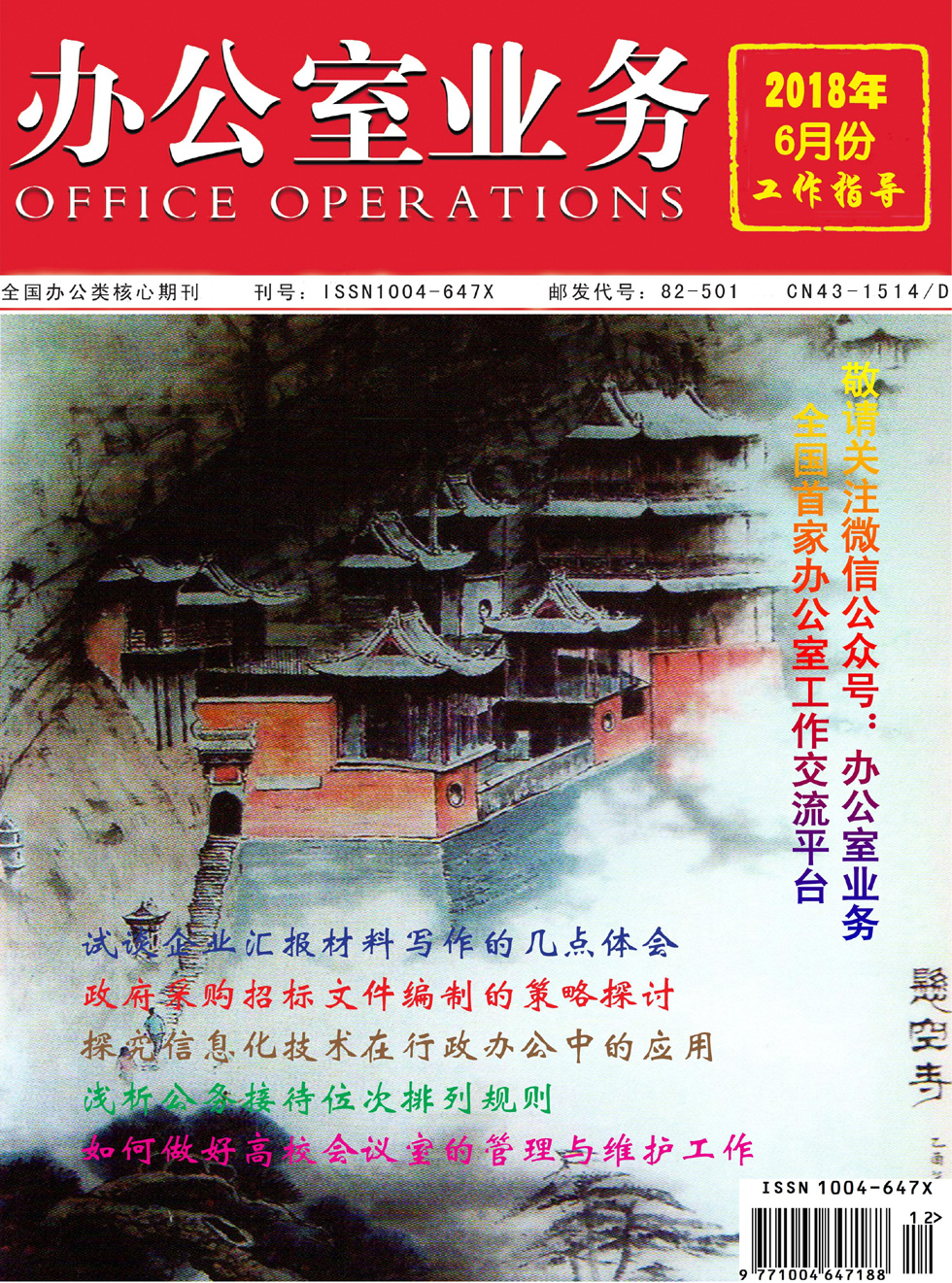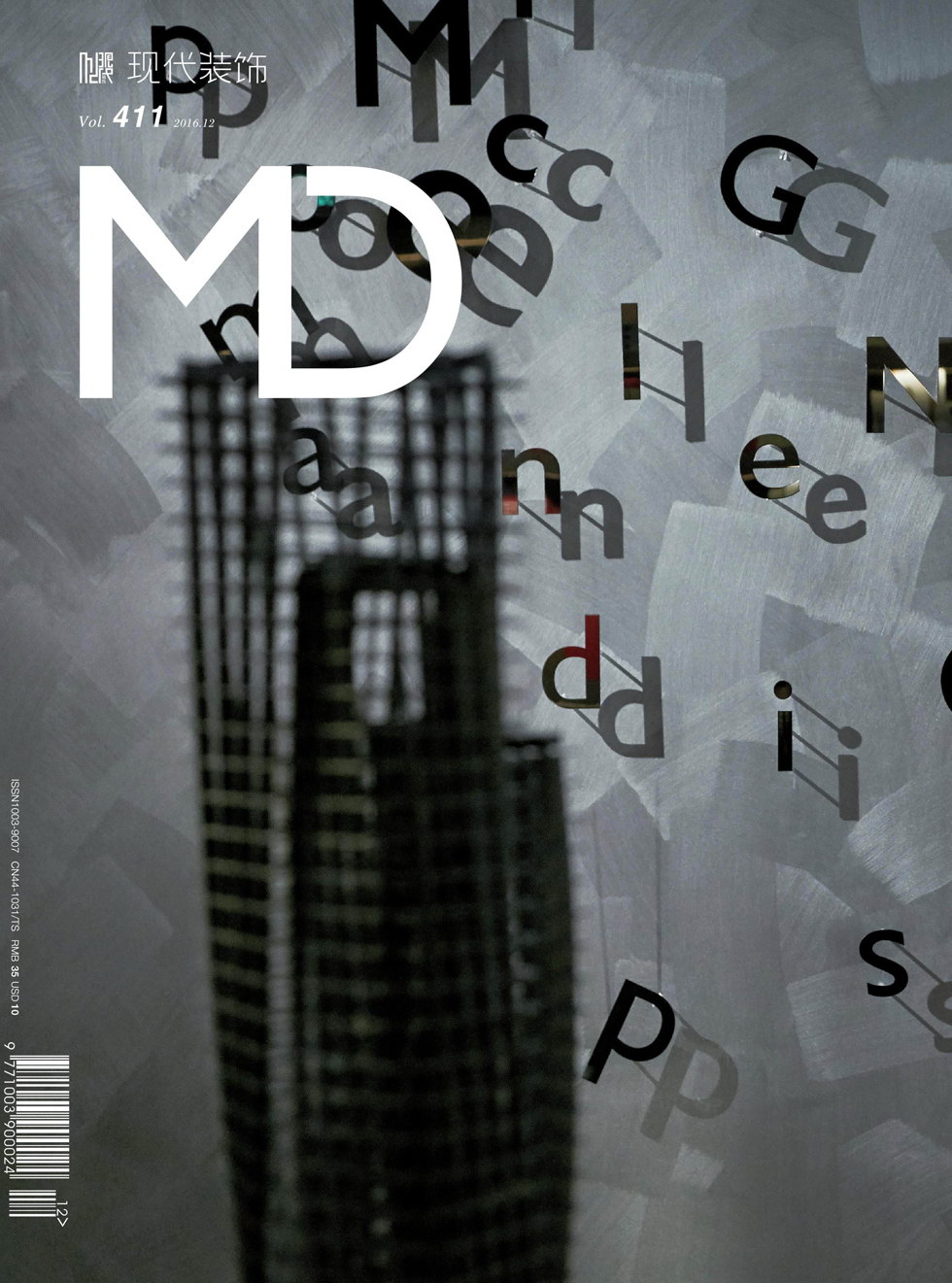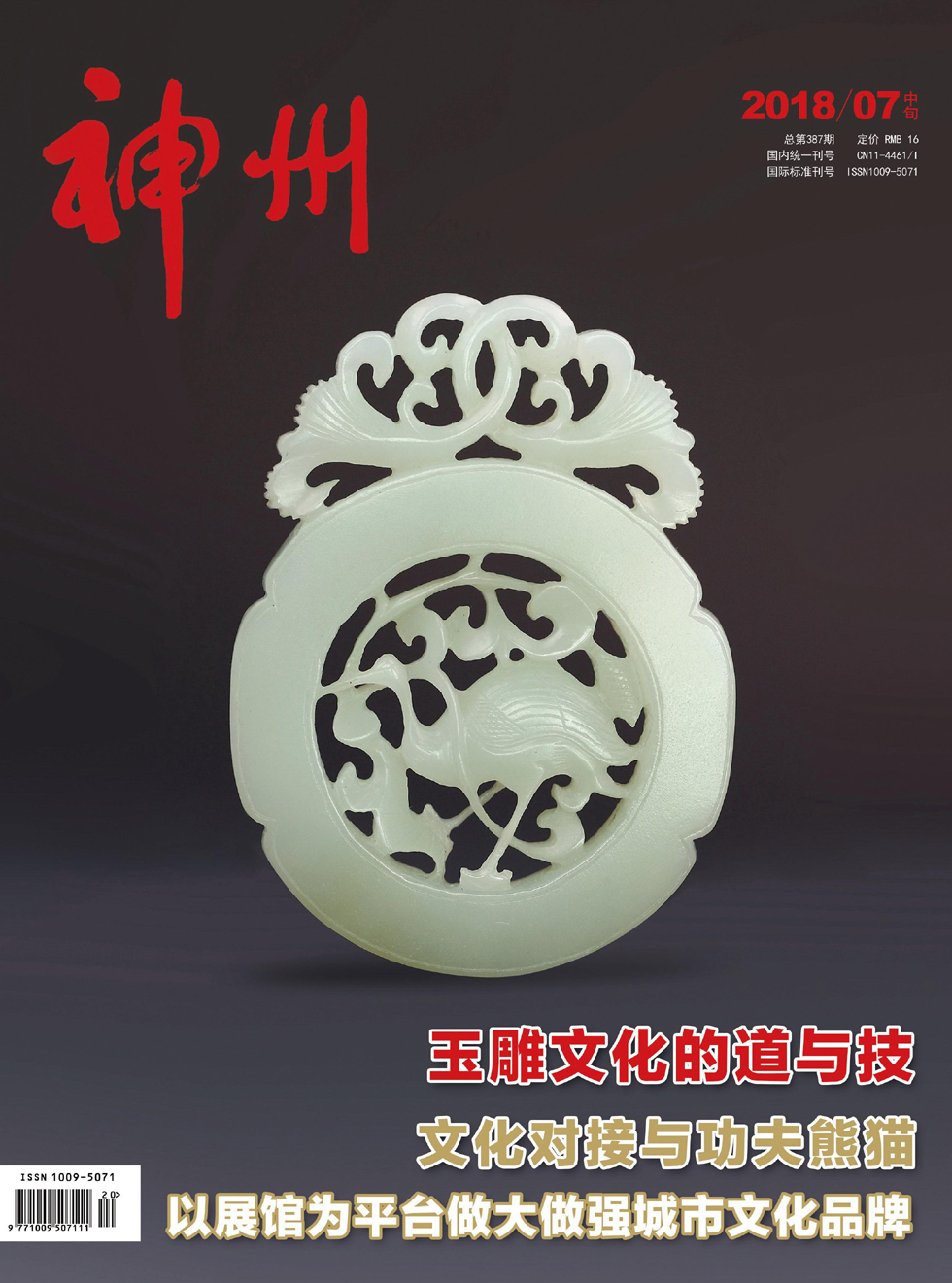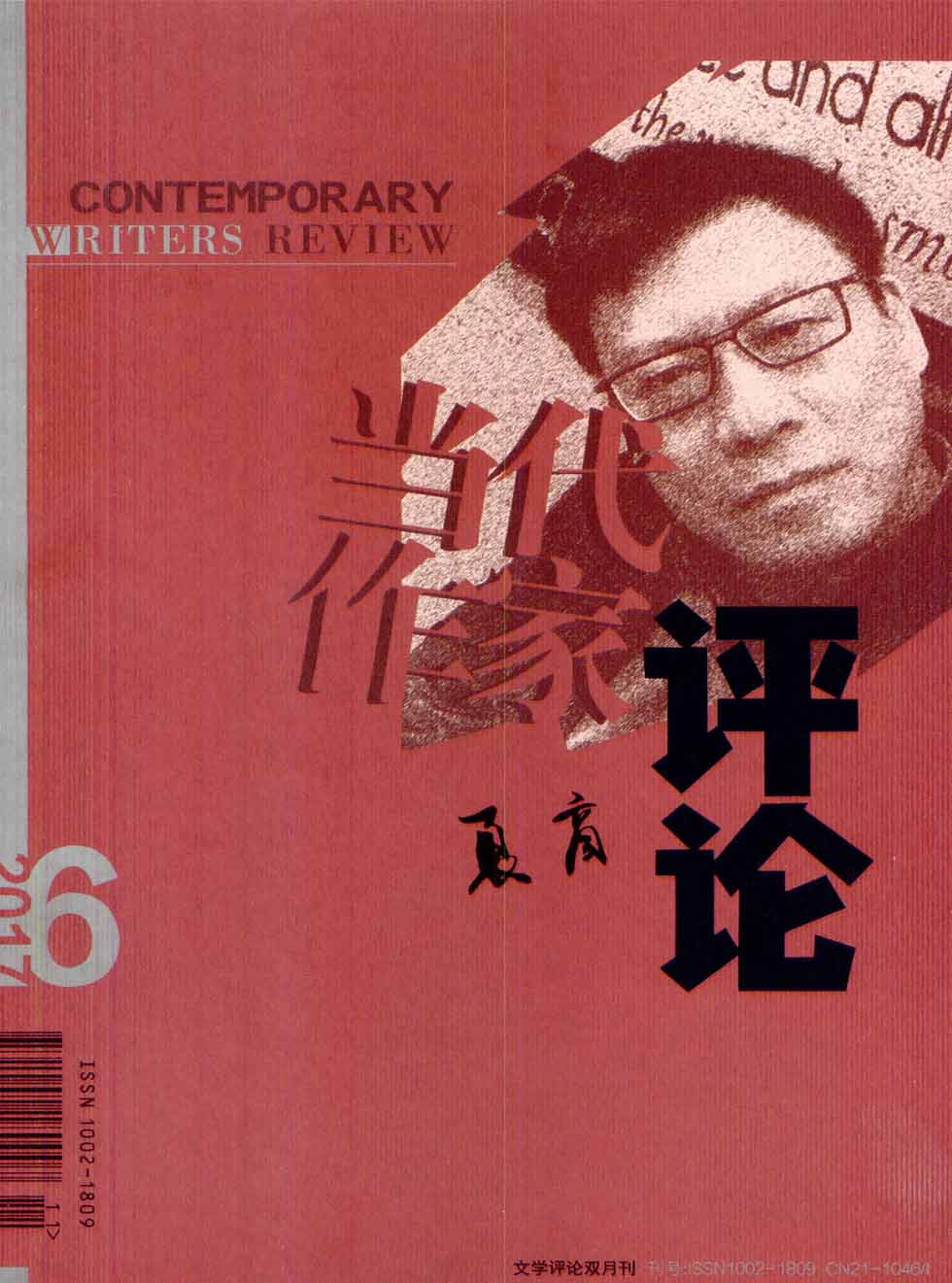A Study on the Themes of Emily Dickinson’s Poetries
Abstract:In the brilliant American literature area, Emily Dickinson is a mysterious figure who attracts readers deeply. She was born in an upper class family in New England of American in the 19th century, which is never married. She was one of the most outstanding poets.
Her poems have extensive subjects and deep thoughts, and renowned with plain but eternal language. In her poetry, Emily Dickinson explored the theme on death, eternity, love and nature. This paper is just an attempt to help the readers to understand her complex themes of her poetries. She praised the nature and holy love, describe the essence of death and eternity. Dickinson’s poems are usually based on her experiences, her sorrows and joys.
Key words: Emily Dickinson; themes; poems
1. Introduction
Emily Dickinson, an American best-known female poet, was one of the foremost authors in American literature. Her poems were considered as a part of “American Renaissance”. Complex, confusing, provocative, intimidating, profound and unorthodox: these are some of the words that describe the work of Emily Dickinson. She left no formal statement of her aesthetic intentions and, because of variety of her themes; Dickinsonexplores the inner life of the individual.
The three main themes of Emily Dickinson's poetry are love, death, and nature. Regarding love, Dickinson believed that the prismatic quality of love enabled energy that passed through the experience of love to reveal a spectrum of possibilities. Dickinson never defined a specific lover, but concentrated on passion as a whole. Concerning nature, Dickinson generally equated nature with heaven or God. She used many Biblical allusions because she regarded nature as religious. Dickinson found manifestations of the universal in the minute details of nature such as bumblebees, eclipses, hills, and flies. She also saw nature as a friend with whom she loved to commune. Concerning death, Dickinson believed that the question of death was more important than the actual experience of death. It was a strong, cosmic force which left its victims and its survivors powerless——a question to be pondered by the living.
2. Emily Dickinson and Her Death Poems
Death is the theme that has been described many times, but something is different from the literary works of Emily Dickinson, the death of these literary works are often given different meanings. In Moby Dick, the Captain Ahab’s death shows us human beings are powerless when they are facing the forces of the mysterious nature. In Tess of the D’Urbervilles by Thomas Hardy, the hypocrisy of human nature of capitalism and the man-eating essence of them has been complained with blood and tears. But Emily Dickinson was dead for death. She wrote about 2000 poems during her life, one third of them were writtenon death. According to the imagination and interest of death, she described death vividly.
Emily Dickinson described death as a kind of leave, a friend’s special absence or a comfortable sleep. Dickinson always described the details of leaving:
I noticed people disappeared, When but a little child,— Supposed they visited remote, Or settled regions wild. Now know I they both visited
And settled regions wild, But did because they died,—a fact Withheld the little child!
Death and immortality is the major theme in the largest portion of Emily Dickinson’s poetry. Her preoccupation with these subjects amounted to an obsession so that about one third of her poems dwell on them. Dickinson’s many friends died before her, and the fact that death seemed to occur often in the Amherst of the time added to her gloomy meditation. Dickinson’s is not sheer depiction of death, but anemphatic one of relations between life and death, death and love, death and eternity. Death is a must-be-crossed bridge. She did not fear it, because the arrival in another world is only through the grave and the forgiveness from God is the only way to eternity.
3. Emily Dickinson and Her Love Poems
Love is another subject Emily Dickinson dwelt on. One group of love poems focuses on the physical aspect of desire, in which Emily Dickinson dealt with allegorically, the influence of the male authorities over the female, emphasizing the power of physical attraction and expressing a mixture of fear and fascination for the mysterious magnetism between sexes. Another group of her love poems treats the suffering and frustration love can cause. These poems are clearly the reflection of her own unhappy experience, closely related to her deepest and most private feelings.
“It is widely believed that Emily had a great love for Reverend Charles Wadsworth from Philadelphia even though he was married. Many of Dickinson’s critics believe that Wadsworth was the focal point of Emily’s love poems. ”
Emily Dickinson was highly private and she completely devoted herself to her writings. In the poem Wild nights! Wild nights!, Emily Dickinson showed the desire of great love, these are characteristics may be the reason for writing this secret expression of desire for something she wants but theoretically can not want, especially when looking at lines like“Down with the compass, down with the Charles” which sound more spontaneous and irrational. The line “Might I but moor tonight in thee” is a reference to being held and embarrassed in the arms of a man, a safe place to rest. This poem humanizes Emily Dickinson and it is universal. Some people might find it difficult to relate to some of the topics her poems deal with, but “Wild Nights” is primal and common to all humans at some point. The poem is an impassioned expression of longing for adventure, for passion, for companionship and for escape.
4. Conclusion
Emily Dickinson was emerged as a powerful and persistent figure in American culture. As a woman poet, Dickinson has been portrayed as singular and enigmatic and even eccentric. Dickinson’s poetry is a clear illustration of her religious-ethical and political-social ideas. She was original and sounded idiosyncratic. She used the poems to show us the nature, literature and the essence of human beings. In order to make the consistent of the content and style, she used the complex sentences and rhymes to reflect her unique ideas about family, religion, nature, love and death. By analyzing the theme in poems of Emily Dickinson in this article, we further understand Emily Dickinson’s life and poems that give people more inspiration. What is more, her works bring great comfort to insane people. There is no doubt that Emily Dickinson is a writer of great power and beauty.
References:
[1]Wendy Martin, The Cambridge Introduction to Emily Dickinson, 上海:上海外语教育出版社, 2008
[2] Wendy Martin, The Cambridge Companion to Emily Dickinson, 上海:上海外语教育出版社,2004
[3]Diana Fuss, “Corpse Poem”, Critical Inquiry, Chicago: U of Chicago P, Autumn 2003
[4]Barton Levi St, Emily Dickinson and Her Culture, New York: Cambridge UP, 1984
[5]Elizabeth A. Petrino, Emily Dickinson and Her Contemporaries, Hanover: UP of England, 1988
[6]See Ruth Miller, The poetry of Emily Dickinson (Connecticut 1968)
[7]刘守兰, 《狄金森研究》, 上海:上海外语教育出版社, 2006年
[8]常耀信, 《美国文学简史》, 天津:南开大学出版社,2008年第三版
作者简介:张朦(1988.9~),性别:女,籍贯:长春市,单位:吉林师范大学,学历(2011级硕士)研究方向:英语翻译(口译)。










